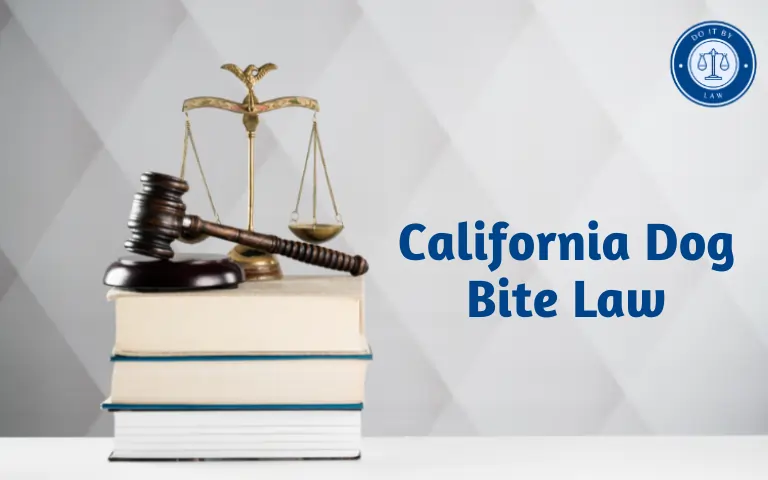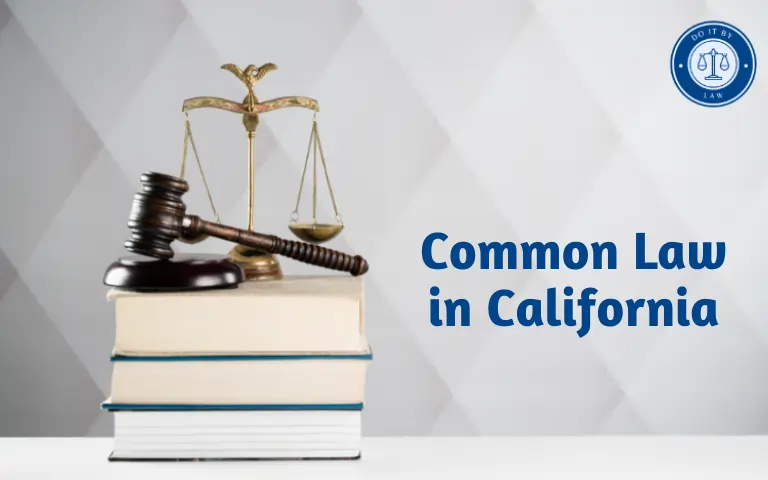Castle Law California: What You Need to Know
Let’s get fired up to dive deep into Castle Law California! Try to contain your excitement as we unpack this complex legal framework step-by-step. I can feel your enthusiasm already.
When the Law Was Enacted and Why It Exists
California State Castle Doctrine law first came about in 1872 to uphold a person’s basic right to defend their home and family from harm. You know, back in the good ol’ Wild West days when justice was self-served!
The idea is rooted in the age-old English common law principle that “a man’s home is his castle.” This notion made its way across the pond to colonial America and eventually to California.
Essentially, these laws give residents the legal right to use force against intruders without retreating to protect themselves and their homes. Over the years, California’s Castle Doctrine statutes have been updated and codified into the state’s current self-defense laws.
The public policy rationale is that people should feel safe in their own homes. When faced with a grave threat of violence, residents shouldn’t have a “duty to retreat” but rather can “stand their ground” to defend themselves.
Who the Law Applies To
California’s Castle Doctrine laws protect residents who face a credible threat of violence from intruders within their homes. That is – until the danger has passed.
The law applies strictly to lawful occupants defending themselves against unlawful intruders inside their dwellings. It does not allow residents to pursue intruders outside the home.
The key word here is “unlawful.” The law does not shield someone who attacks a guest, family member, or officer carrying out lawful duties. Nor does it apply to someone trespassing on a porch or backyard.
So in a nutshell – regular homeowners are confronted by dangerous criminals inside their houses. That’s the textbook Castle Doctrine scenario.
Castle Law California Key Provisions, Requirements, and Restrictions
Now let’s unpack the nitty gritty details of what California’s Castle Doctrine law allows and prohibits, shall we? Hope you grabbed a snack because this gets a bit dense.
In a self-defense claim under California’s Castle Doctrine statutes, the following must be true:
- An intruder forcibly and unlawfully entered the residence
- The occupant used deadly force against the intruder
- Force was necessary to prevent imminent harm
- The force used was reasonable under the circumstances
Additionally, residents must:
- Have a reasonable fear of death or great bodily harm
- Only use force against intruders (not guests or family members)
- Stop using force once the danger has ended
Critically, the law does not allow residents to pursue intruders outside the home with deadly force. So no chasing baddies down the street!
As you can see, lawful occupants cannot simply blast away anyone who wanders onto their property. Specific conditions must be met to lawfully use deadly force under California’s Castle Doctrine.
Penalties for Violating Castle Law California
Now what happens if an occupant goes outside the scope of California’s Castle Doctrine? Well, amigos, they could face some pretty stiff criminal penalties if deemed excessive or unjustified.
Potential charges for unlawfully using deadly force include:
- Murder or manslaughter
- Assault or battery
- Weapons charges
- Reckless endangerment
Defendants may also face civil liability and wrongful death lawsuits. Not to mention live with the weight of seriously harming or killing someone unlawfully on their conscience.
So while California’s Castle Doctrine provides critical legal protections, it is not a free-for-all to shoot first and ask questions later. Prosecutors take a dim view of vigilante justice!
Castle Law California Recent and Proposed Changes
California’s Castle Doctrine statutes have remained relatively static over the years. However, some minor changes have aimed to clarify ambiguities.
For example, recent amendments specified that lawful residents must only use force against intruders – not guests or family members within the home. Other tweaks have removed vague language around what constitutes “reasonable fear.”
Currently, some lawmakers are pushing to expand Castle Doctrine rights to include occupied vehicles and workplaces. However, opponents argue this could lead to reckless shootings in public areas. The jury is still out!
Castle Law California Controversies, Debates, and Challenges
While most agree law-abiding citizens have a right to defend their homes, California’s Castle Doctrine laws still spark some controversies and debates such as:
- How to balance self-defense rights with public safety concerns
- What constitutes “reasonable fear” of harm
- How much force is appropriate under the circumstances
- At what point do residents become unlawful vigilantes?
- How to reduce gun violence while upholding 2nd Amendment rights
Critics argue Castle Doctrine laws can enable unwarranted or excessive force, fueling violence rather than deterring crime.
Additionally, the laws contain some ambiguities around phrases like “great bodily harm” that are left up to courts to interpret on a case-by-case basis.
All sides agree more clarity around rights, duties, and limitations would benefit residents and law enforcement alike. But consensus remains elusive thus far.
Conclusion and Main Takeaways
Let’s recap key facts about California Castle Doctrine laws:
- Originated from English common law traditions
- Upholds rights of lawful occupants to defend homes with force
- This applies only to intruders within the residence itself
- Requires reasonable fear and proportional response
- Excessive or unjustified force can bring criminal charges
- Provides legal right but not free pass for unwarranted force
In essence, these laws uphold longstanding rights to protect oneself in one’s own home when faced with grave danger. However lawful occupants are expected to act reasonably and avoid vigilantism.
So stay lawful out there folks! And maybe invest in better locks rather than itchy trigger fingers!






